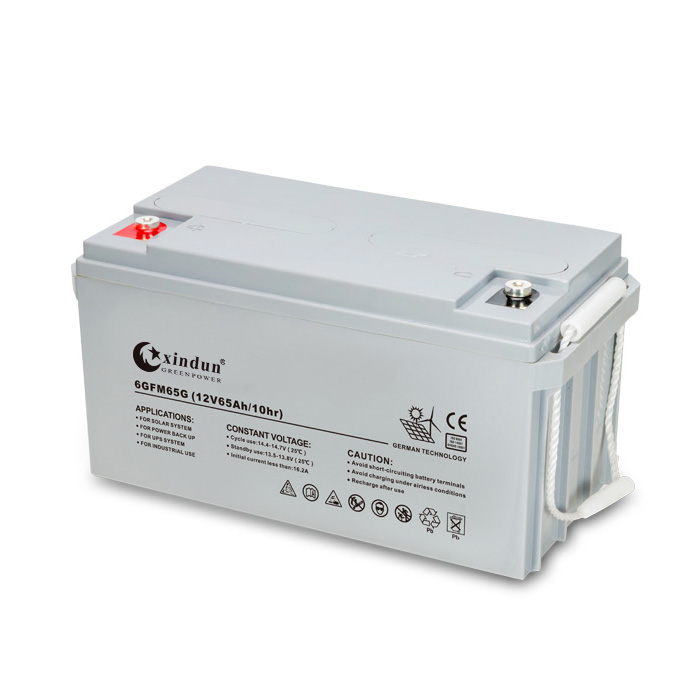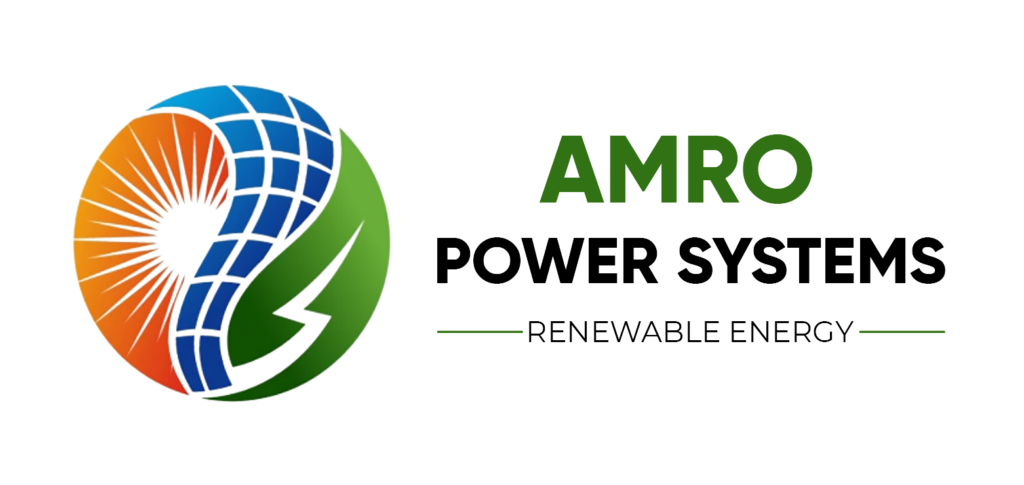1) Solar grid type system
1) Solar grid type system
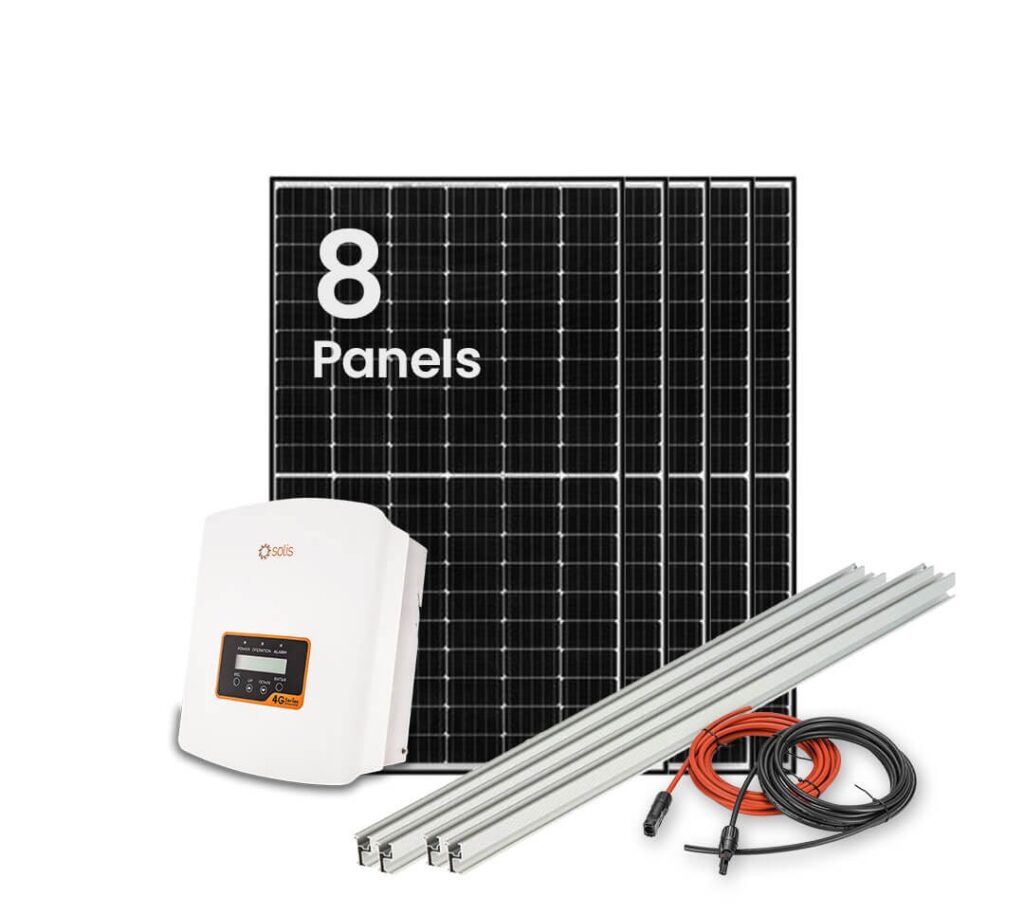
Description :
A solar grid-tied system, also known as an on-grid solar power system, is a highly efficient and cost-effective solution for generating solar energy. This system is directly connected to the main power grid, enabling users to harness solar power while maintaining access to conventional electricity. It’s an ideal choice for homeowners, businesses, and institutions looking to reduce energy costs and carbon footprint.
Key Features of a Solar Grid-Tied System :
1. Grid Connection:
The system operates in conjunction with the main electricity grid. When solar panels generate more energy than needed, the excess electricity is exported to the grid. Conversely, when solar production is insufficient, power is drawn from the grid.
2. No Batteries Required:
Unlike off-grid systems, grid-tied systems do not rely on batteries for energy storage, making them more affordable and easier to maintain.
3. Net Metering Benefits:
Most grid-tied systems support net metering, allowing users to sell excess energy back to the utility company and earn credits on their electricity bill.
4. Cost Efficiency:
By utilizing solar energy during the day and the grid as a backup, users can significantly reduce electricity expenses.
Description :
A solar hybrid system combines the best features of both on-grid and off-grid solar systems. It allows you to harness solar energy, store excess power in batteries, and stay connected to the main electricity grid for backup. This system provides unmatched flexibility, ensuring a reliable power supply even during outages while optimizing energy use for greater savings and sustainability.
Key Features of a Solar Grid-Tied System :
1. Dual Power Source:
Operates using solar power, stored battery energy, and grid electricity for a seamless power supply.
2. Energy Storage:
Excess solar energy is stored in batteries for use during nighttime or power outages.
3. Grid Backup:
Maintains connection to the main grid to ensure uninterrupted power when battery or solar energy is insufficient.
4. Smart Energy Management:
Advanced inverters and controllers efficiently manage energy distribution between solar, batteries, and the grid.
5. Reduced Dependency on Grid:
Significantly cuts reliance on grid electricity, lowering energy bills and increasing energy independence.
2) Solar hybrid system
2) Solar hybrid system
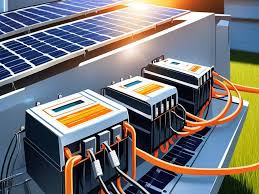
3) Solar-on-grid system
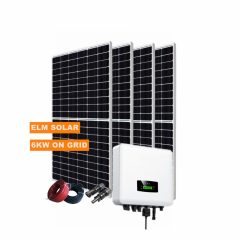
Description :
A solar on-grid system, also known as a grid-tied solar system, is designed to generate solar energy and integrate it seamlessly with the main electricity grid. This system uses solar panels to produce electricity during the day, directly powering your appliances and sending any excess energy back to the grid. It’s an excellent solution for homeowners and businesses looking to lower their electricity bills while promoting the use of renewable energy.
Key Features of a Solar Grid-Tied System :
1. Grid-Connected:
The system is directly connected to the utility grid, allowing a continuous power supply.
2. Net Metering Enabled:
Surplus energy generated is exported to the grid, earning credits on your electricity bill.
3. No Batteries Needed:
These systems do not require batteries, making them more affordable and low-maintenance.
4. Real-Time Energy Usage:
Solar power is used as it is generated, reducing reliance on grid electricity during the day.
Description :
A solar off-grid system, also known as a standalone solar power system, operates independently of the main electricity grid. This system is designed to generate and store solar energy, providing a reliable power supply even in remote or off-grid areas. Equipped with batteries for energy storage, it ensures electricity is available around the clock, making it ideal for locations with no grid access or frequent power outages.
Key Features of a Solar Grid-Tied System :
1. Completely Independent:
Functions without a connection to the utility grid, offering total energy independence.
2. Battery Storage:
Stores excess solar energy generated during the day for use at night or during cloudy weather.
3. Reliable Power Supply:
Ensures uninterrupted energy, even in areas with no grid access or during outages.
4. Customizable Design:
Can be tailored to meet specific energy requirements, from small homes to large facilities.
5. Eco-Friendly Solution:
Reduces reliance on fossil fuels, contributing to a cleaner and greener environment.
4) Solar-off-grid system
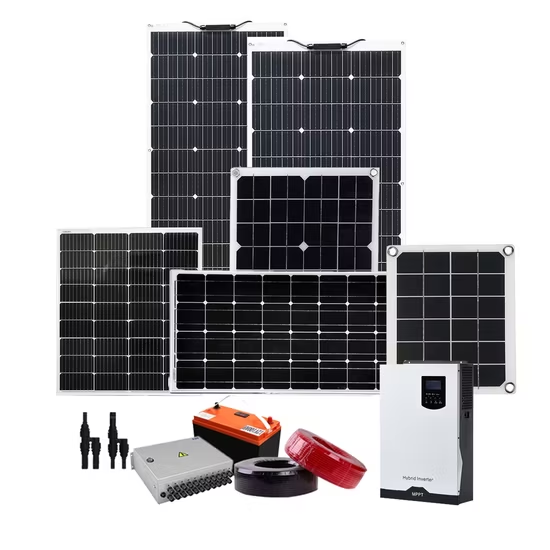
5) All Types of power backup solutions
1) Online UPS (Uninterruptible Power Supply)
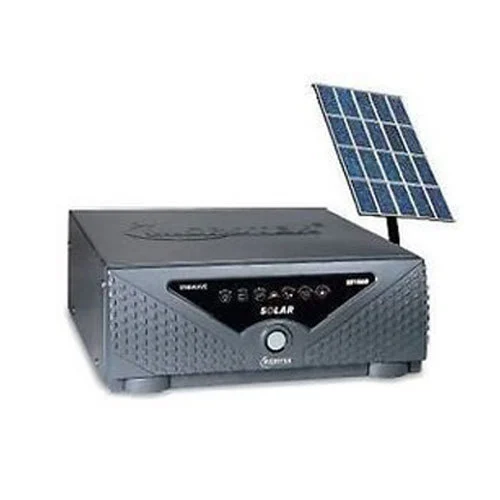
Description :
Online UPS systems provide seamless, high-quality power backup by converting power in real-time, ensuring constant voltage and frequency. They are ideal for sensitive equipment like servers, medical devices, and IT infrastructure where even brief interruptions can be critical.
Key Features of a Solar Grid-Tied System :
Features: Continuous power supply, zero transfer time, and protection from power surges and fluctuations.
Applications: Data centers, hospitals, offices, and critical industrial operations.
Description :
Offline UPS systems provide backup power with a short delay during power cuts. These systems are compact and cost-effective, making them suitable for non-critical devices.
Key Features of a Solar Grid-Tied System :
Features: Automatic switchover, lightweight, and budget-friendly. Applications: Personal computers, small office setups, and home appliances.
2) Offline UPS (Uninterruptible Power Supply)
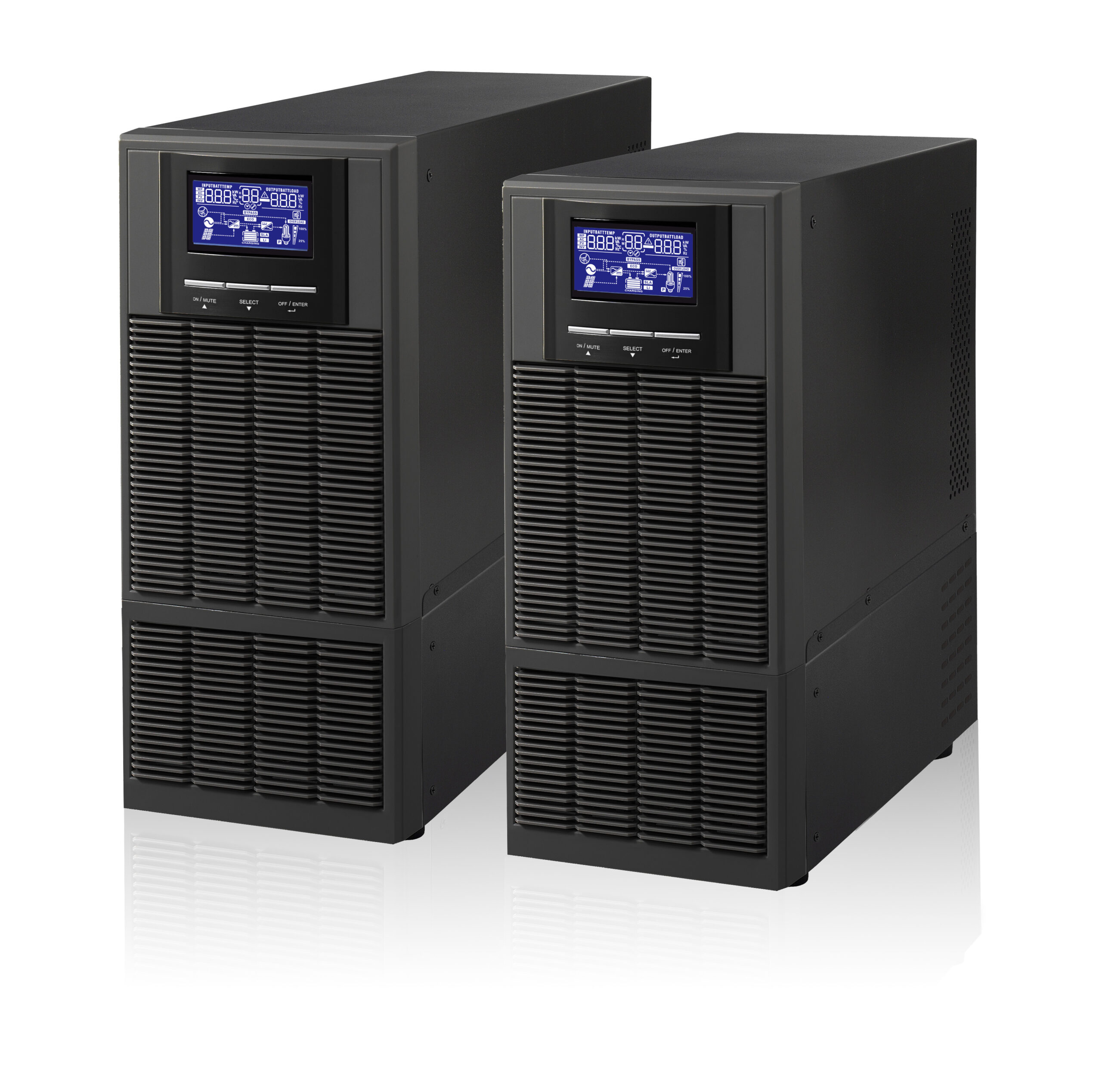
3) Inverters
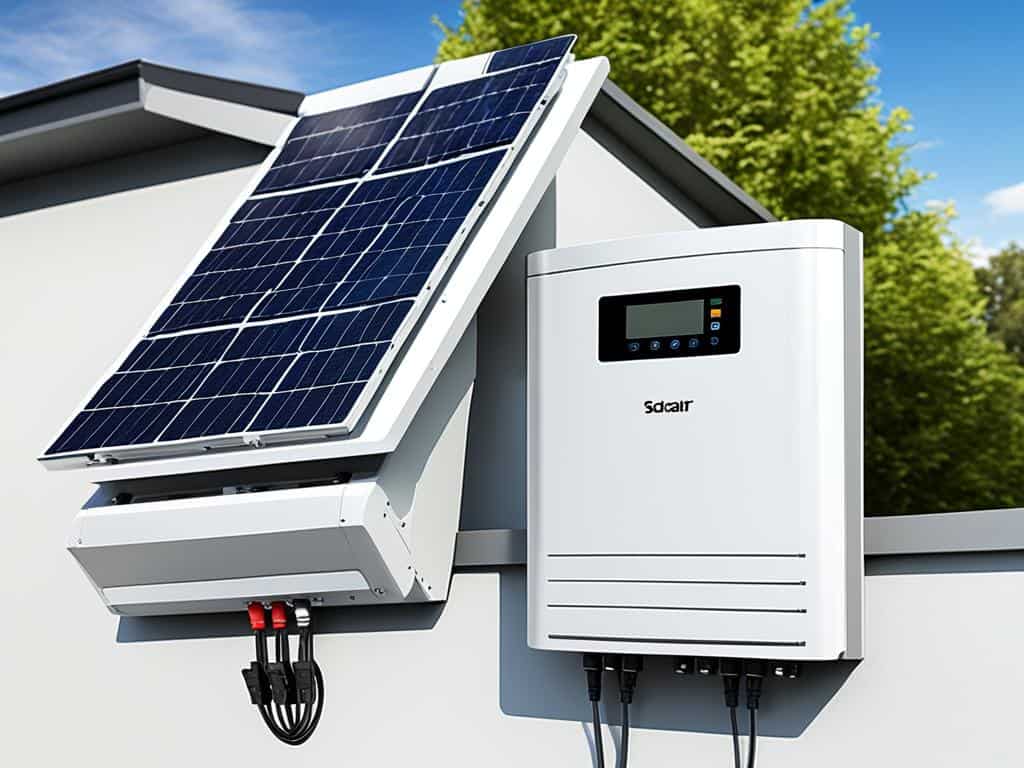
Description :
Inverters convert DC power from batteries into AC power to run appliances during outages. They are cost-effective and commonly used for homes and small businesses to power lights, fans, and basic devices.
Key Features of a Solar Grid-Tied System :
Features: Automatic switchover during power cuts, energy-efficient, and silent operation.
Applications: Residential homes, small offices, and shops.
Description :
Gel batteries are a reliable energy storage solution that uses gel-based electrolytes, making them leak-proof and maintenance-free. They are long-lasting and perform well in various environments.
Key Features of a Solar Grid-Tied System :
Features: Deep cycle capability, durability, and minimal maintenance.
Applications: Solar systems, inverters, UPS systems, and renewable energy storage.
4) Gel Batteries
